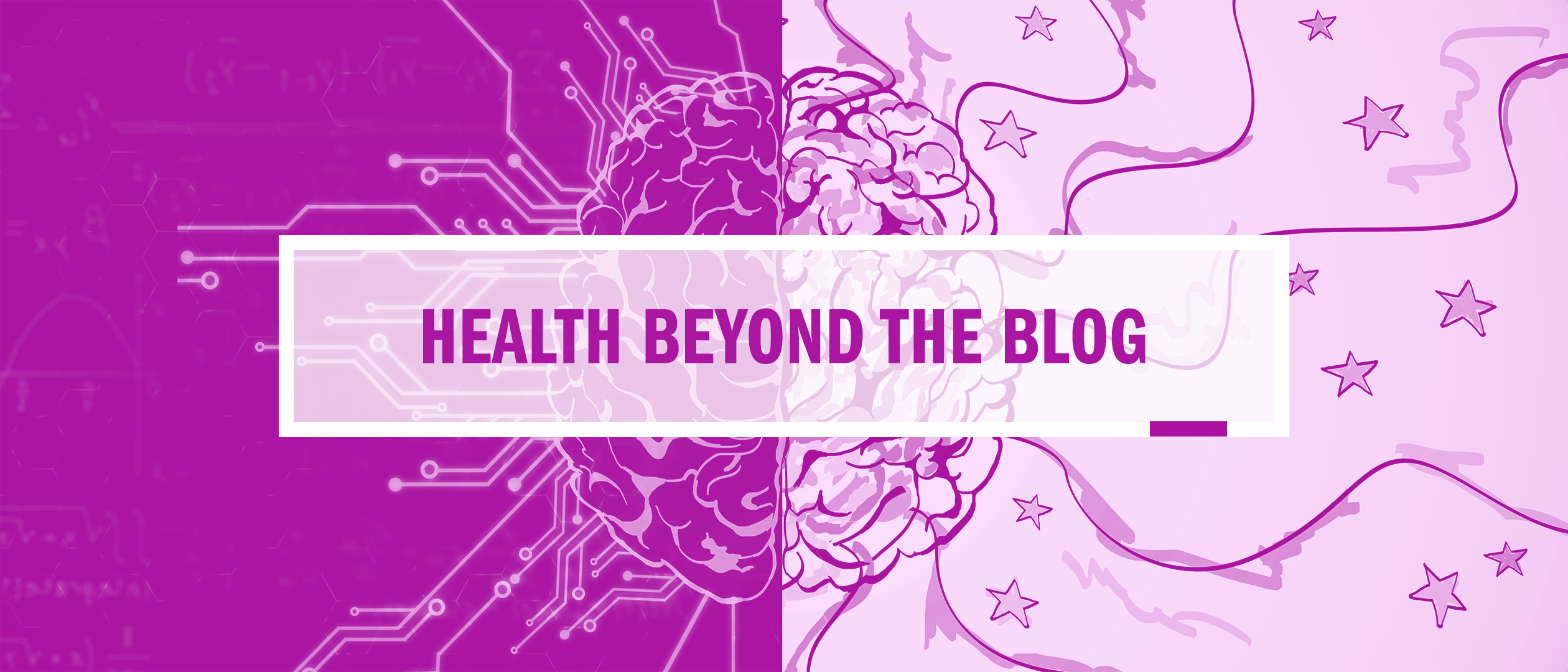New from the @EmoryCSHH News Team: As experts highlight the urgent need for an improved dengue vaccine, a new debate emerges about whether alcoholic beverages should carry cancer warning labels. Meanwhile, the author of "Anxious Generation" argues for granting children a "license to roam" to enhance their autonomy.
By: Dynasti deGouville
While physicians and midwives have touted the efficacy of breastfeeding for centuries, the undeniable truth is that breastfeeding comes with challenges for both the modern and ancient woman. Some are unable to produce enough milk for their growing infant while some are unable to produce any at all.
A recent development in cell technology has allowed a small start-up called Biomilq to pioneer in lab-grown human mammary cells. These cells make at least two of the most common components of breast milk: a protein called casein and a sugar called lactose. This is the first step, the company hopes, to making human milk outside the human body. Biomilq’s founders aim to provide accessible and sustainable nutrition for mothers who are unable to breastfeed or have to prematurely stop breastfeeding. While this replication of human breast milk is still in its infancy (pun intended), the long history of breastfeeding and infant nutrition beg a critical question: why would anyone opt for synthetic newborn nutrition?
For the past millennia, breastfeeding has proven time and time again to be one of the most challenging components of motherhood. For the ancient woman, the difficulty came from sustaining herself and her child using one body when resources were limited. For the modern woman, the difficulty comes from a culture that idolizes breastfeeding while failing to provide the proper social and financial resources to do so. In fact, the United States is the only country in the world that lacks federally mandated paid parental leave.[1]
Due to these obstacles, women have scrambled to find methods of feeding their infants in any way they can. Before the introduction of formula and bottle feeding, the practice of wet nursing was a common and legitimate profession, often taken on by lower-class women. A wet nurse was any young woman who breastfed a child other than her own, often abandoning her young infant in favor of feeding another for pay. In Israel, as early as 2000 BC, children were deemed a blessing and breastfeeding a religious obligation. This, however, was not always feasible due to lactation failure or death of the mother during childbirth. Thus, wet nurses were employed not by choice, but by necessity. It wasn’t until 950 BC when women of a higher class started demanding wet nurses to breastfeed their children. It became unfashionable to breastfeed, and aristocratic women feared it would ruin their figures and prevent them from wearing fashionable clothing.[2]
Wet nursing continued until the invention of the modern feeding bottle and nipple in the mid-19th century, and even after the invention of the feeding bottle, the occupation was not completely eradicated until the 1920’s. Often, animal milk was used in these bottles, but this was found to be lacking in vital nutrients and minerals for human infants. Additionally, the invention of the ice box was decades in the future, so milk spoiled frequently and easily which led to several unfortunate infant deaths. Soon after, the invention and commercialization of powdered infant formula began. By 1883, there were 27 patented brands of infant formula on the market. With the rise in popularity of infant formula due to its convenience and the simultaneous rise in workforce demand due to national urbanization, there was a steady decline in breastfeeding until the 1970s.[2]
While physicians universally agree that breastfeeding is the safest and most effective form of nutrients for an infant, the safety and convenience of formula is undeniable, saving millions of mothers and infants annually. Still, formula is unable to reproduce the same components of natural milk from the mother and require clean drinking water, which is unavailable in some places.
Researchers have been able to culture mammary glands that produce the two most important ingredients of breastmilk and the founders of Biomilq, Leila Strickland and Michelle Egger, say that they seek to eventually make milk that is “nutritionally” but not necessarily “immunologically” close to breast milk. This means that they want to recreate the nutritional and fat content of breastmilk, but recognize that lab-grown cells would simply be unable to replicate the exact balance of antibodies and hormones that women naturally produce. While Biomilq boasts a hypothetical concoction that is almost as good as breast milk, they do acknowledge that breastfeeding is one of the most effective ways to ensure healthy development in children.
So what is the push for lab-grown breast milk over formula?
The founders of Biomilq recognize the stigma surrounding not being able to breastfeed: “exclusive breastfeeding is unrealistic for some and impossible for many… whether it’s low milk production, medical reasons, incompatible workplaces, or the ongoing stigma around breastfeeding in public, families feed infant formula out of necessity rather than preference.”[3] There is often a feeling of inadequacy surrounding lactation failure, a feeling of being unable to provide for their children. Infant formula is the only alternative to breastfeeding. This is not satisfactory to some women as they know how inferior it is to breastmilk as far as nutritional value is concerned. The cultured human-milk proteins in lab-grown milk could be more suitable in a baby’s gut than dairy proteins, and sugars specific to human milk could help feed a baby’s new gut microbes. With Biomilq products, mothers can rest assured that their babies are getting more proteins and nutrients than they would be getting in regular formula.
The exact cocktail of hormones, fats, antibodies, and beneficial bacteria in breastmilk changes day to day and sometimes hour to hour. It can alter itself by saliva receptors in the nipples and respond specifically to an infant’s needs. No other nutritional alternative has the capability to alter its composition based on the needs of the infant. However, in a culture that almost exclusively promotes breastfeeding, the lack of social and financial support from legislation makes this a difficult feat for most women who are biologically able to breastfeed. Taking into account the women who are unable to breastfeed for a multitude of reasons creates an entire cohort of women who want to provide for their infants as best as they can, but have to resort to formula despite societal and medical pressures. Thanks to Biomilq, a future in which new mothers have a breastfeeding alternative that involves healthier, more human-like breastmilk is not too far from us.
References
[1] Livingston, Gretchen et al. (2019). Among 41 Countries, Only U.S. Lacks Paid Parental Leave. Pew Research Center. [2] Stevens, Emily E. et al. (2019). A History of Infant Feeding. National Center for Biotechnology Information. 18(2): 32—39. doi: 10.1624/105812409X426314 [3] Zhang, Sarah. (2020). A Bold and Controversial Idea for Breastmilk. The Atlantic: Science.
